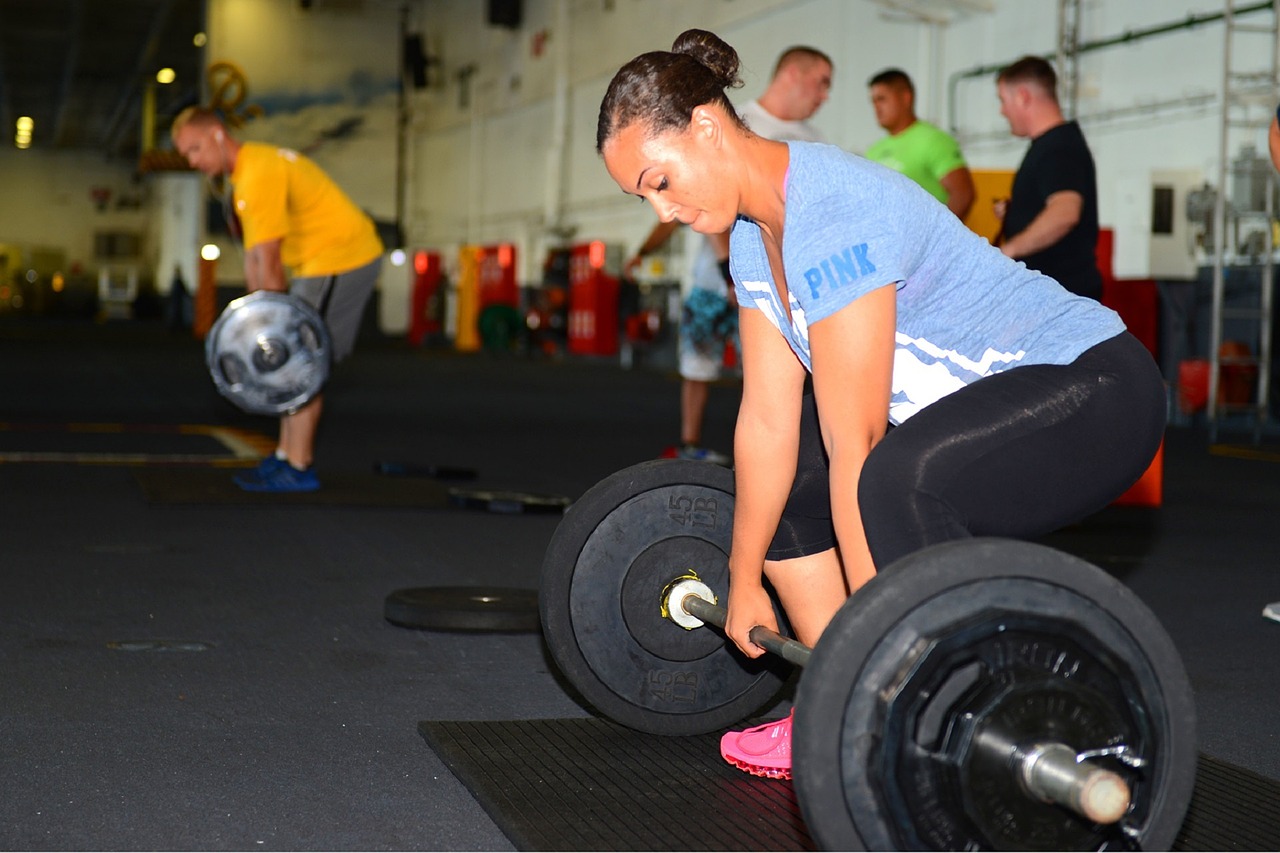[vc_row][vc_column][vc_single_image image=”2557″ img_size=”large” alignment=”center”][vc_column_text]Preparation and recovery are vital for optimal performance. In order for us to ensure we are ready to perform at our best we must ensure we are fuelling our body correctly. Ensuring we are consuming adequate carbohydrates during our training periods is the first step. For those of us who only exercise 3-5 hours per week, we only need to consume approximately 4-5g of carbohydrate per kg of our body mass every day. As we start to increase our activity levels, we also need to increase our energy sources. If completing 1-2 hours of exercise per day we need to look at consuming 5-7g/kg each day, and for those of us who are just that little bit crazy and undertake 2+hrs of exercise per day we need to really make sure we’re getting 7-12g/kg of carbohydrates in every day. Protein is also an important food source not only for energy production but also for muscle repair/regeneration. Like above, the amount of protein we need to consume is dependant on our activity levels: low level activity = 0.7g/kg/day, >1hr/day = 1-1.2g/kg, middle distance/endurance athletes = 1.2-1.4g/kg/day, strength/power/speed athletes = 1.2-1.7g/kg/day.
Another important part of preparing ourselves for our activities are ensuring we are hydrated. There are a few ways to measure hydration, but the easiest way is with a urine colour chart (see below). These are easily accessed online and can be stuck to the back of a toilet door as a reminder to assess your hydration status. This is particularly important in these warmer months as heat exhaustion and heat stroke are serious conditions that may need medical attention.
Post-exercise nutrition is just as important as pre-exercise. The optimal timeframe for refuelling after activity is within the first hour of activity. In this period we are looking to consume 1g/kg carbohydrate every hour until normal meals have resumed. Examples of foods that contain 50g carbohydrates can be found below. For our protein, we are looking to consume 20g of high quality protein within that first hour, and examples of these types of foods are found below. It is also imperative that we rehydrate following activity. The easiest way to know how much fluid we need is to weigh ourselves before activity and then immediately post. The amount of weight lost x 1.5 is the amount of fluid we need to consume over the next 2-4 hours. Without access to scales, I would encourage at least 2L of fluids to be consumed in the first 2-4 hours. Sports drinks are useful as they contain carbohydrates and electrolytes (that are lost in sweat) however they are not suitable for everyone. Those of us who have particularly salty sweat benefit more from electrolyte drinks than those who don’t have salty sweat (there are tests that can be conducted to determine specifically how much electrolyte replacement you need). Look for electrolyte drinks that contain 4-8% carbohydrates. As a side note, kids do not sweat as much as adults (they find it harder to regulate their body temperature) as such, particular care should be taken when exercising in warmer weather. In addition, as they do not sweat as much they DO NOT need sports drinks, these just contain extra sugars that are not necessary in their diet.
|
There are plenty more ways that we can ensure we prepare and recover our bodies for events and/or everyday exercise. At Enhance we are looking to cover all aspects of this, so come in and see our physio’s for biomechanical assessments, injury rehabilitation and injury prevention strategies; our exercise physiologist for strength and conditioning training as well as rehabilitation and prevention training; our massage therapists for psychological recovery (through muscle relaxation); and our nutritionist to ensure you are getting the most out of your diet to ensure optimal performance.
Cheers, Madi!
To book an appointment with Madi call 6161 8901 or simply book online.[/vc_column_text][vc_single_image image=”2556″ img_size=”large” alignment=”center”][/vc_column][/vc_row]



